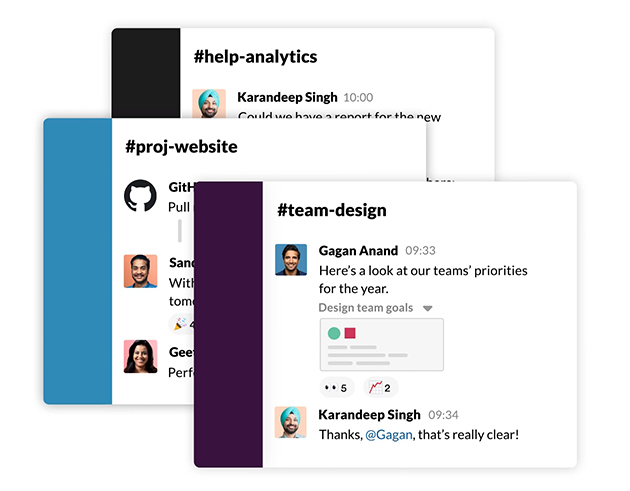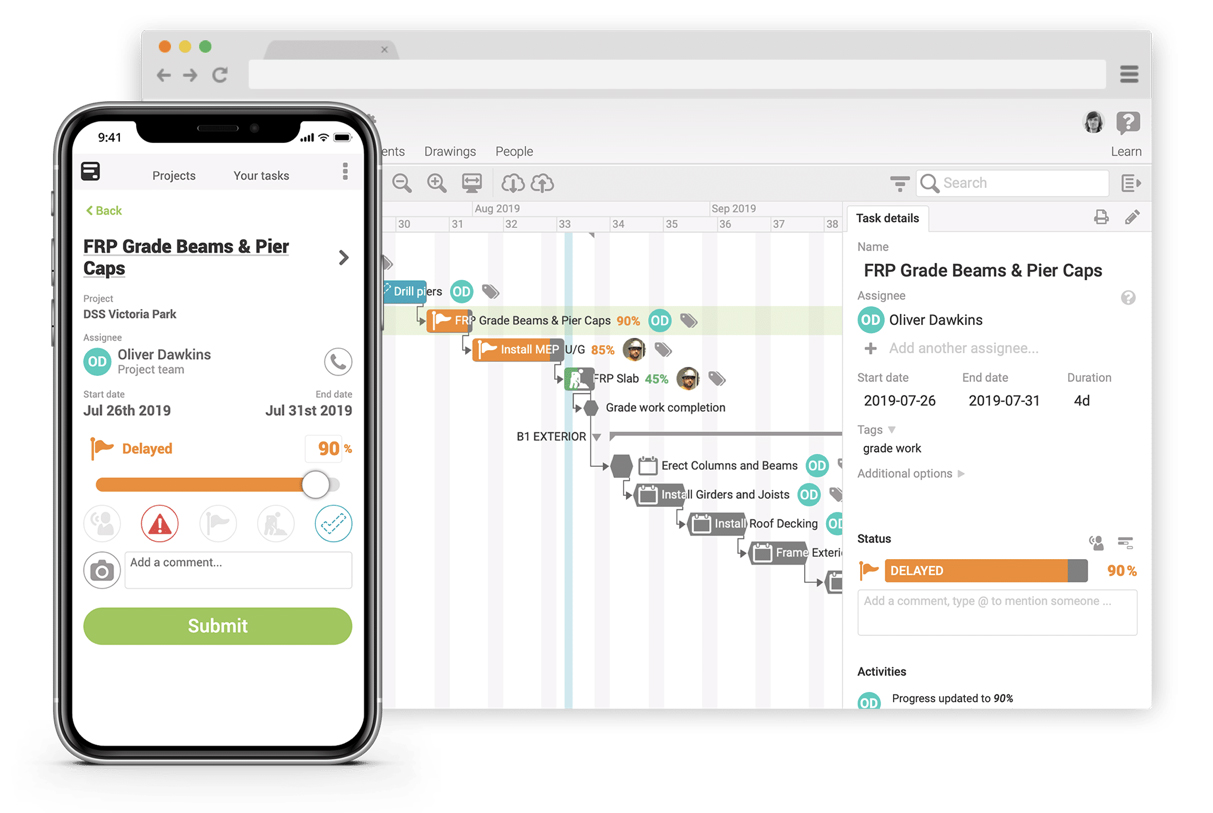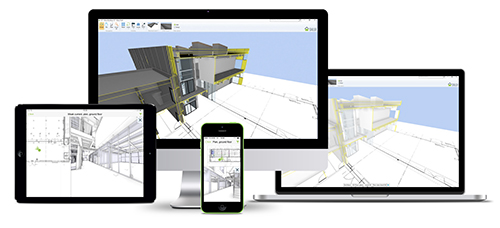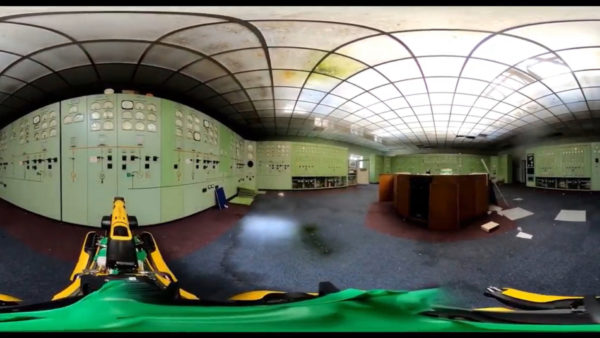Coronavirus has triggered what many in the media are calling the world’s biggest work-from-home experiment and construction businesses are mobilising fast to implement digital technologies to enable more staff to work remotely. Stephen Cousins looks at the some of the kit that will come in handy.
Faster home wi-fi, cloud computing and the now widespread use of smartphones and tablets make agile working much easier to implement, and advances in software for remote video conferencing, workflow collaboration and project management and visualisation provide multiple opportunities to both limit the spread of the virus and maintain productivity.
Video conferencing – Zoom

Video meetings are a critical tool to help projects maintain clear communication, avoid misinterpretation and maintain a sense of community. Video can convey conversational tone, facial expressions, and body language that may be lost on a phone call.
Zoom has experienced massive uptake since the coronavirus pandemic began and the free version enables up to 100 people to join a video meeting, albeit with a 40-minute cut off if three or more people participate. Premium business or enterprise versions are available for the same price of £15.99 per month per host, which is relatively affordable compared to the competition.
Zoom delivers high-quality video and audio over its cloud servers and provides 256-bit encryption on any transmission to keep conversations secure. Users with good home wi-fi will get the best experience, but the service prioritizes voice over video to ensure continuity if internet access is patchy.
Some businesses have taken to setting up “digital lunches” in Zoom whereby colleagues meet informally and chat as they would in the office.
Project collaboration – Slack

WhatsApp Groups have become a popular way for friends to chat together privately and Slack aims to provide a similarly convenient tool for professional project teams, whilst adding the ability to drop in images, PDFs, documents and spreadsheets alongside text.
Although not specifically developed for construction, the cloud-based tool, which is available for iOS and Android or via a web browser, has become popular among architects and wider design teams keen to move away from redundant or irrelevant email chains.
Users can create separate channels for a project, for example grouping messages by topic, team, or location, files can be dragged and dropped in directly. The Slack App Directory features more than 2,000 apps that can integrate into the tool, including Google Drive, Google Calendar, Zoom, Dropbox, and WeTransfer. Voice or video calls can be made directly from the app.
Slack is available for free, with paid upgrades.
Project management – LetsBuild (formerly GenieBelt and Aproplan)

The real-time project management platform LetsBuild is proving popular with site managers who have to oversee several projects but can’t regularly get to the coal face to monitor progress.
The software enables users to create a three-to-six week plan in a Gantt chart and assign field tasks to workers and subcontractors who then report on their own progress via a dedicated smartphone app. Managers receive an instant notification via a smartphone or PC when tasks are logged as complete. The app connects BIM objects in a model to site activities, so people in the field can access and update object data in real-time.
Having everyone use a centralised system helps avoid errors and inconsistencies associated with multiple sources of data collection, using email and WhatsApp messages etc. The simple user interface is designed to be used intuitively by anyone and QHSE tasks and to-do can be added directly to drawings.
The tool automatically generates reports from information in the system, including progress updates, photos, messages and problems that have been reported and/or communicated by teams, or information on where delays may have occurred.
Model sharing – Dalux BIM Viewer

Giving a workforce remote access to BIM can be an expensive business, potentially requiring major investments in new employee laptops and software licences. Dalux offers a free-to-use alternative that allows project teams to share and update BIM models and drawings using iOS or Android smartphones and tablets.
Already deployed by the likes of BAM, Kier, Wates and Sir Robert McAlpine, the cloud-based app makes it possible to add an unlimited number of users to a project for free. 3D models can be imported direct from Navisworks in different formats using a plug-in and 2D drawings can be viewed and directly linked with all models.
An integrated mobile measurement tool uses a laser track to measure the distance between objects in three-dimensional space. Dalux BIM Viewer is compatible with IFC, RVT, PDF, DWG, DWFx, PNG and JPEG file formats, a paid upgrade to Dalux Field enables users to carry out issue management on mobile devices.
https://www.dalux.com/gb/daluxbimviewer/
Holographic team meetings – Spatial

Video conferencing and work travel could become a thing of the past if virtual reality collaboration takes off and tech start-up Spatial has created a compelling solution based around a workplace populated by lifelike avatars of meeting participants.
Spatial is one of the better-funded mixed reality start-ups and its software is device agnostic working on either Microsoft HoloLens, Oculus, Magic Leap, Qualcomm XR2, or even Android/iPhone mobile devices.
The mixed reality environment is populated by realistic 3D avatars created from 2D photos uploaded by users. It is kitted out with various collaboration tools that can be used to draw, build, and tweak in 3D space. Users can share and organise 3D models, videos, documents, images and websites with work automatically saved. Spatial audio and “3D telepresence” technologies aim to enhance the feeling of being face to face.
Top image: Cleardesign/Dreamstime.com













